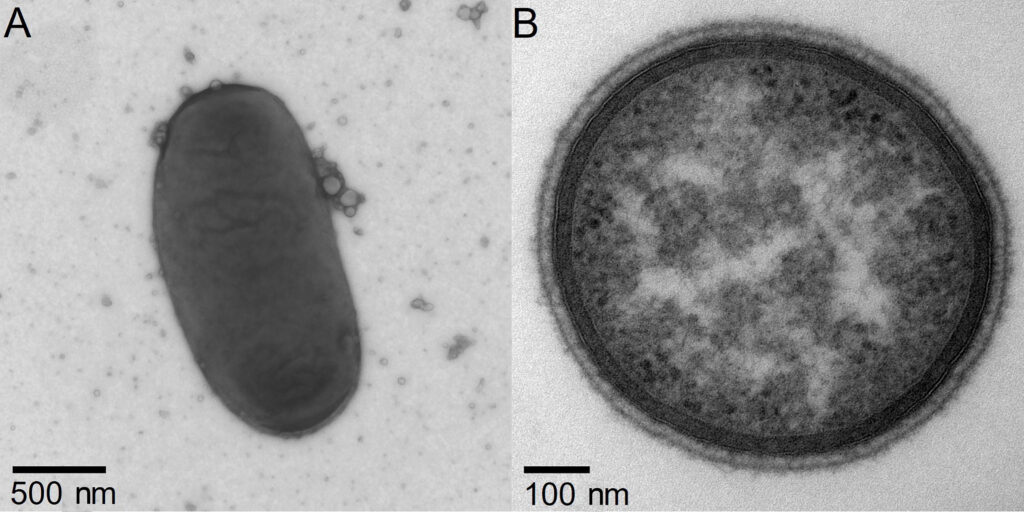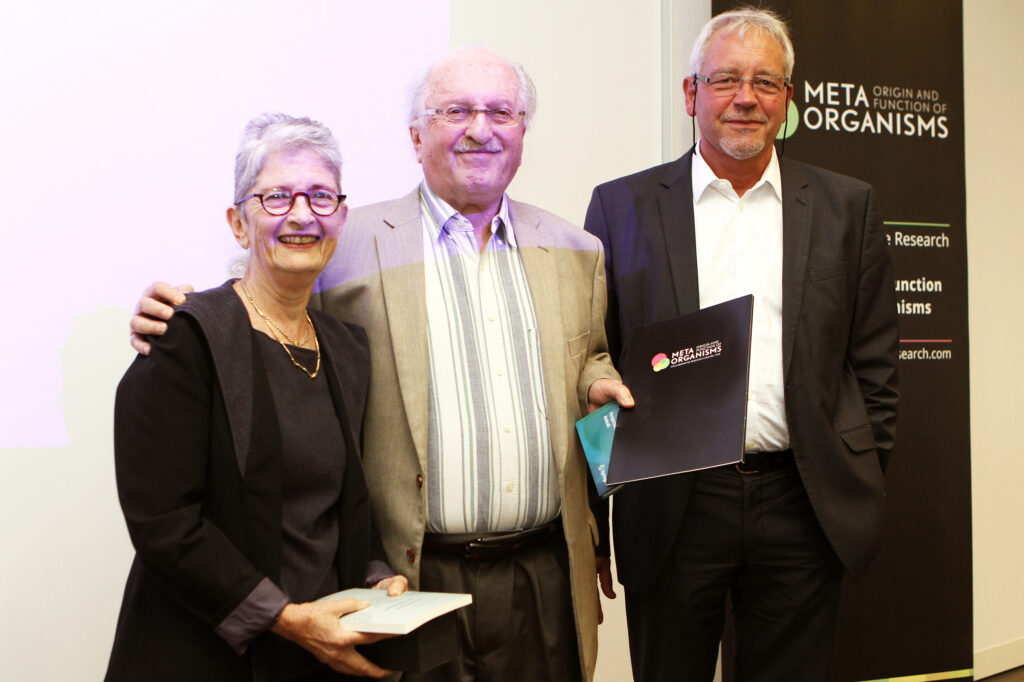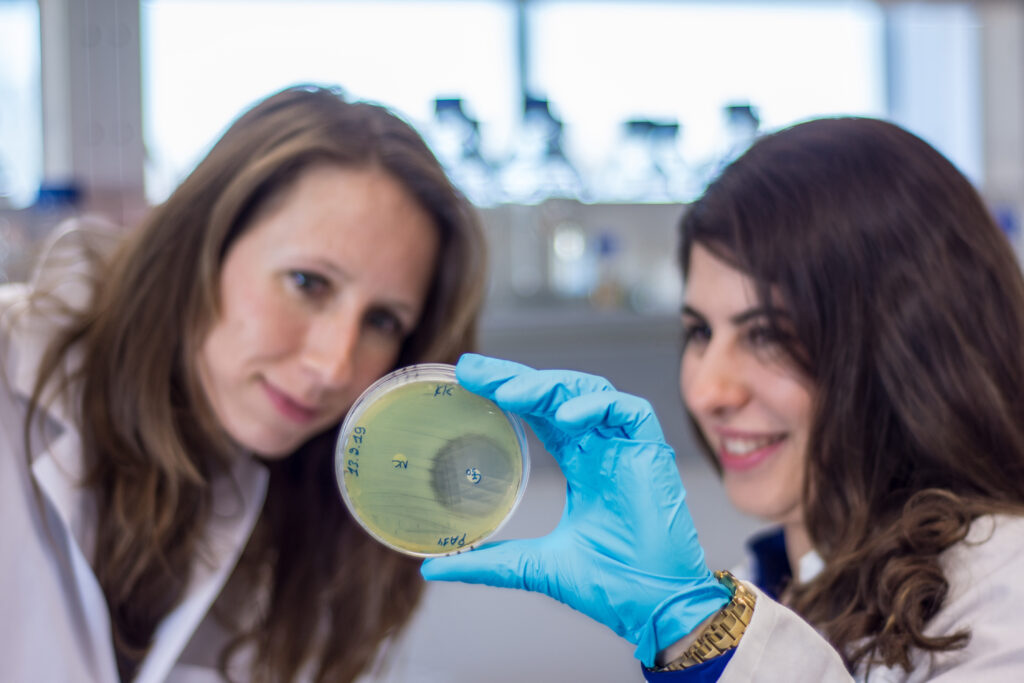New bacterial species discovered in the intestine
Researchers from MPI-EB Plön and Kiel University hope that the newly described species will provide a better understanding of the evolution of the genus Bacteroides as part of a healthy microbiota
Whether plant, animal or human, living organisms are colonised by a multitude of bacteria. Research findings in recent years show that bacteria not only co-exist with their host, but form mutual interactions in the form of a symbiosis that can benefit both the bacterium and the host. The sum of a host and its associated microbes in their entirety is referred to by scientists as a metaorganism. Researchers from Kiel University and the Max Planck Institute for Evolutionary Biology in Plön (MPI-EB) are studying their evolutionary history and function in the DFG funded Collaborative Research Center (CRC) 1182 “Origin and Function of Metaorganisms”.
Bacteroides bacteria occur in large numbers in the microbiota of mammals and also humans. With the two recently discovered strains, which were isolated from the appendix of wild house mice in the animal facility of the MPI-EB, the research group Evolutionary Medicine now hopes to gain new insights. “One goal with this discovery is to better understand in the long term why bacteria live in and on us. Many of these bacteria are still unknown. We have now gathered very basic knowledge about this type of bacteria and know, for example, from microscopic images what these bacteria look like and what size they are,” says Dr. Daniel Unterweger, research group leader at the MPI for Evolutionary Biology and Kiel University, as well as a member of the CRC 1182. The discovery came unexpectedly. To determine the identity of newly isolated bacteria, modern sequencing methods are used to decode the bacterial genome and match it with known bacterial species. “It was a big surprise that the bacteria we isolated did not match any known bacterial species in the database and accordingly did not yet have a name,” says first author Dr Hanna Fokt, postdoctoral researcher at the MPI-EB and scientist in the CRC 1182, describing the special moment when it became clear that she had discovered a new bacterial species.
The results of subsequent genomic and phenotypic analyses suggest that the two strains described here represent a new species of the genus Bacteroides. It is possible that these new bacterial strains could be present not only in mice but also in other mammals, and therefore promise a better understanding of the evolution of the genus Bacteroides as an important member of a healthy mammalian microbiota. The composition of this microbiota and its interactions with host cells are the focus of research interest in CRC 1182.
The first bacterial species belonging to Bacteroides was described at the end of the 19th century and named Bacteroides fragilis. Since then, a total of 35 different Bacteroides species have been isolated, characterised and validated. Improved technical possibilities of genome sequencing today make it possible to determine the relationship of bacteria very precisely. Cultures of the bacterial species are stored in the German Collection of Microorganisms and Cell Cultures in Braunschweig, among other places, and are thus accessible to researchers worldwide.
Original publication:
Hanna Fokt, Rahul Unni, Urska Repnik, Ruth A Schmitz, Marc Bramkamp, John F Baines, Daniel Unterweger (2022): Bacteroides muris sp. nov. isolated from the cecum of wild-derived house mice. Archives of Microbiology 204(9):546. Published on August 8, 2022.
DOI: 10.1007/s00203-022-03148-6
Contact:
Dr. Daniel Unterweger
Institute for Experimental Medicine, Kiel University
Phone: +49 (0) 431-500-30312
Email: d.unterweger@iem.uni-kiel.de
Press contact:
Michael Hesse
PR und Content Management,
Max Planck Institute for Evolutionary Biology, Plön
Tel.: 04522 763-606
E-Mail: pr@evolbio.mpg.d





